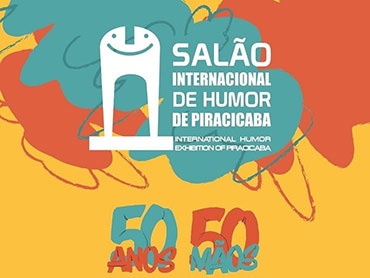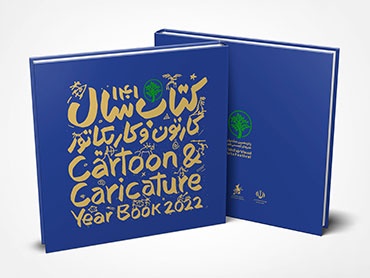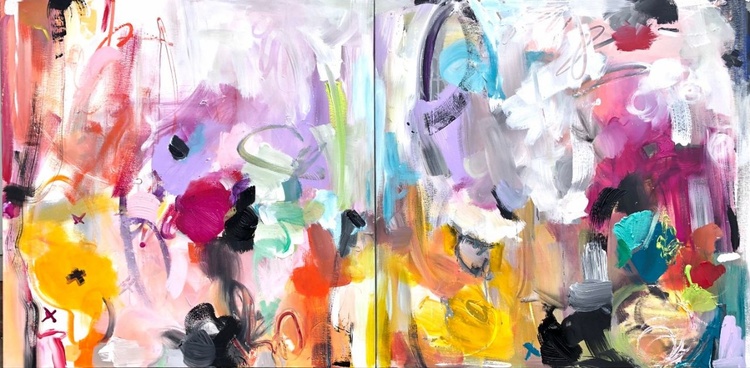
Painting and abstract art: differences and similarities
The world of art is broad and diverse, with styles ranging from realistic to completely abstract. Among them, painting and abstract art are two expressions that, although they often overlap, present clear differences and important similarities.
What is painting?
Painting is a traditional form of visual art that uses pigments applied to a surface such as canvas, wood or wall. In addition to history, painting has served to represent reality, tell stories, express emotions or convey ideas. There are multiple styles of painting, such as realism, impressionism, expressionism and others.
What is abstract art?
Abstract art emerged in the 20th century as a reaction to the literal representation of reality. Instead of showing recognizable objects, it seeks to express ideas, emotions or concepts through shapes, colors, lines and textures with no direct relation to the visible world.
It does not intend to imitate reality, but to interpret it from a more subjective and conceptual perspective.
Similarities between painting and abstract art
Both are means of artistic expression.
They use elements such as color, composition, and texture.
They can convey deep feelings or provoke reflection in the viewer.
They are valued in both classical and contemporary art.
Key differences
Painting can be figurative or realistic, while abstract art avoids direct representation.
Abstract art often focuses more on the conceptual than the visually recognizable.
In traditional painting, the message may be clearer, while in abstract art it is open to interpretation.
Latamarte

- January 07, 2026
Andean Four-Cornered Hats
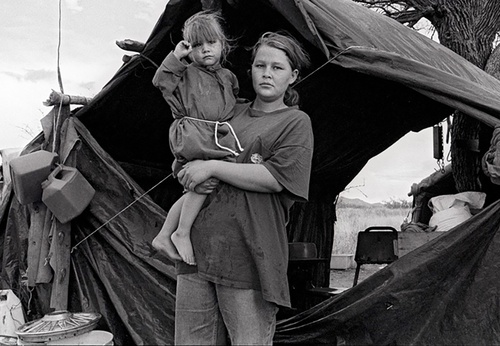
- January 07, 2026
US–Mexico Border | Photography Project by Laura Wilson (USA)

- January 07, 2026
Material Art Fair 2026
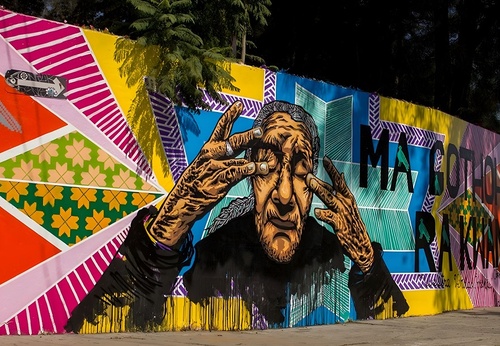
- January 07, 2026
Languages, Aesthetics, and Meaning of Contemporary Urban Art

- January 07, 2026
Street Art as a Form of Social and Cultural Expression

- January 07, 2026
Snatched

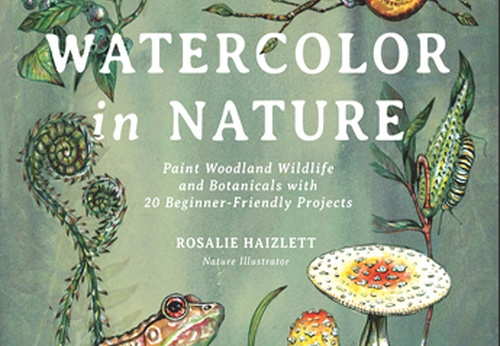
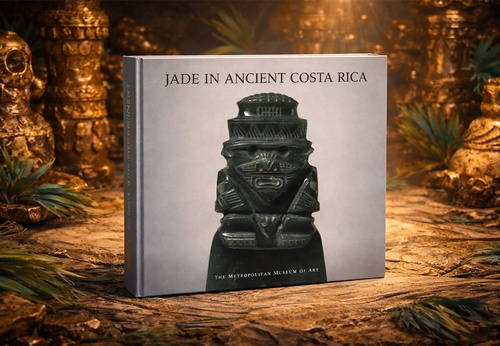
- January 06, 2026
Jade in Ancient Costa Rica

- January 07, 2026
Languages, Aesthetics, and Meaning of C…

- January 07, 2026
Street Art as a Form of Social and Cult…

- January 06, 2026
Symbolism and Spirituality in Latin Ame…

- January 06, 2026
Sacred Art in Latin America: Meeting be…

- January 05, 2026
The Importance of Art in Society

- January 04, 2026
Graphic Art: Much More Than an Image, a…

- January 04, 2026
The Future of NFTs and AI-Generated Art

- January 01, 2026
Human Creativity vs. Algorithmic Creati…

- January 01, 2026
The Role of AI in the Preservation of C…

- December 31, 2025
Smart Museums: Artistic Experiences wit…

- December 31, 2025
Ethical Challenges of Machine-Created A…

- December 30, 2025
Generative Art: From Code to Gallery

- December 30, 2025
How Artificial Intelligence Is Redefini…

- December 29, 2025
Artificial Intelligence and the Reconfi…

- December 29, 2025
The Artificial Intelligence Revolution …

- December 28, 2025
The Difference Between Contemporary Art…

- December 28, 2025
The Impact of Contemporary Art on Today…

- December 28, 2025
Contemporary Art and its Multiple Langu…

- December 27, 2025
Graffiti: Urban Voices That Tell Stories

- December 27, 2025
The Art of Graffiti: Expression, Identi…

- August 29, 2023
The history of Bolivian art

- February 19, 2024
Analysis and meaning of Van Gogh's Star…

- January 28, 2024
Culture and Art in Argentina

- September 25, 2023
What is the importance of art in human …

- September 23, 2023
What is paint?

- August 23, 2023
The 11 types of art and their meanings

- August 10, 2023
14 questions and answers about the art …

- September 23, 2023
Painting characteristics

- August 30, 2023
First artistic manifestations

- January 12, 2024
10 most beautiful statues and sculpture…

- September 23, 2023
History of painting

- March 26, 2024
The importance of technology in art1

- July 13, 2024
The impact of artificial intelligence o…

- March 26, 2024
Cultural identity and its impact on art…

- April 07, 2024
Graffiti in Latin American culture

- April 02, 2024
History visual arts in Brazil

- August 16, 2023
The 15 greatest painters in art history

- April 06, 2024
History of visual arts in Ecuador

- October 18, 2023
History of sculpture

- March 05, 2024
The art of sculpture in Latin America

- February 19, 2024
Analysis and meaning of Van Gogh's Star…

- August 13, 2023
9 Latino painters and their great contr…

- August 23, 2023
The 11 types of art and their meanings

- August 10, 2023
14 questions and answers about the art …

- August 27, 2023
15 main works of Van Gogh

- August 29, 2023
The history of Bolivian art

- January 28, 2024
Culture and Art in Argentina

- November 06, 2023
5 Latin American artists and their works

- September 23, 2023
Painting characteristics

- September 23, 2023
What is paint?

- September 25, 2023
What is the importance of art in human …

- March 26, 2024
Cultural identity and its impact on art…

- August 30, 2023
First artistic manifestations

- December 18, 2023
10 iconic works by Oscar Niemeyer, geni…

- January 20, 2024
What is the relationship between art an…

- January 12, 2024
10 most beautiful statues and sculpture…

- August 24, 2023
The most famous image of Ernesto "Che" …

- October 30, 2023
Characteristics of Contemporary Art

- May 26, 2024
Técnicas de artes visuais

- August 22, 2023

